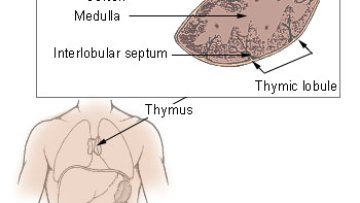Several well-known formulas involving reflection groups of finite-dimensional algebraic systems break down in infinite dimensions, but there is often a predictable way to correct them. Oxford Mathematician Thomas Oliver talks about his research getting to grips with what structures underlie the mysterious correction process.
InFoMM CDT Group Meeting
InFoMM CDT Group Meeting
The Group Meeting will be held virtually unless the Covid 19 lockdown is over in which case the location will be L2.
InFoMM CDT Group Meeting
The Group Meeting will be held virtually unless the Covid 19 lockdown is over in which case the location will be L3.
Oxford Mathematician Andre Guerra talks about quasiconvexity and its role in the Calculus of Variations:
Oxford Mathematician Sam Palmer tackles a crucial issue in our understanding of the risks of serious diseases such as cancer.
Multi-scale modelling to predict strain in the femoral neck during level walking
Abstract
Femoral neck response to physiological loading during level walking can be better understood, if personalized muscle and bone anatomy is considered. Finite element (FE) models of in vivo cadaveric bones combined with gait data from body-matched volunteers were used in the earlier studies, which could introduce errors in the results. The aim of the current study is to report the first fully personalized multiscale model to investigate the strains predicted at the femoral neck during a full gait cycle. CT-based Finite element models (CT/FE) of the right femur were developed following a validated framework. Muscle forces estimated by the musculoskeletal model were applied to the CT/FE model. For most of the cases, two overall peaks were predicted around 15% and 50% of the gait. Maximum strains were predicted at the superior neck region in the model. Anatomical muscle variations seem to affect femur response leading to considerable variations among individuals, both in term of the strains level and the trend at the femoral neck.




